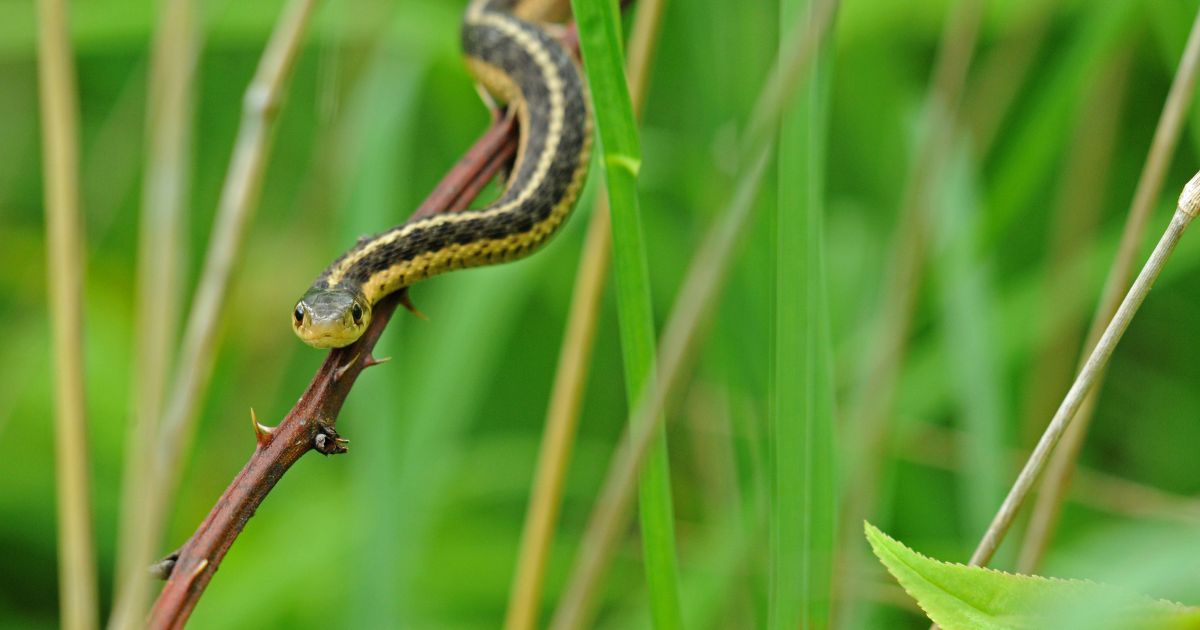VENOMOUS OR NOT? IT'S A TRICKY QUESTION
When an average traveller comes across a snake in the wild, they just want to know if it is venomous or not. However, identifying a snake can be tricky due to various factors such as:
- Camouflage: One of the most significant challenges in identifying snakes is their incredible ability to blend in with their surroundings. Snakes have evolved to match the colors and patterns of their environment, making them virtually invisible to predators and prey. This camouflage ability makes it difficult for humans to spot them, even when actively searching for them.
- Low Visibility: Another challenge in identifying snakes is low visibility. Snakes are most active at night or during the early morning, when visibility is low. This makes it difficult to see them clearly, even if they are out in the open.
- Dense Areas: Dense areas, such as forests, jungles, or swamps, present another challenge in identifying snakes. These areas often provide cover for snakes, making them difficult to spot. Moreover, snakes can move quickly and silently through the dense vegetation, making it challenging to track their movements. In such areas, it is crucial to be alert and cautious to avoid accidentally stepping on or disturbing a snake.
- Fast Movement: Snakes are known for their speed and agility, which can make identifying them a challenging task. Some snakes can move quickly, making it difficult to observe their appearance, especially if they are moving through dense vegetation. Snakes can also move unpredictably, making it hard to anticipate their next move.
- Color Variations: Color variations in snakes can also make identification challenging. Some snakes have a range of color variations, making it difficult to distinguish between different species. Moreover, some harmless species mimic the color patterns of venomous snakes, making it crucial to have a good understanding of the physical characteristics and behavior of different species.
- Lack of education: There are more than a hundred species of snakes in the Philippines, most of which are non-venomous. However, lack of education in proper identification of snakes is a significant concern as it can lead to potential harm to humans and snakes alike. Incorrect identification can result in unnecessary killing of non-venomous snakes, while venomous ones may go unnoticed, posing a risk to people's safety.
Never Rely on Color Pattern Alone
When identifying a snake, it's important not to rely solely on a single feature. A feature can be things like its color. But there are many other features to consider when identifying a snake. The following are the other things to consider when identifying a snake:
- location
- overall length
- width
- how it holds itself defensively
- the length and shape of its tail
- the shape of its head
- the color of its belly
- the number and shape of its scales
- whether its scales are smooth or keeled
- the size of its eyes in relation to its face
- the color of its eyes
- whether it has pits on its face
- its elevation from the ground
Even snake experts may sometimes misidentify snakes based on physical features.
WHAT IF YOU SEE ONE?
Educate Yourself Before You Head Out
Educating yourself on identifying snakes is crucial for personal safety and snake conservation. Search for online sources and join forums and social media groups to learn more about snakes.
Keep Your Distance
If you come across a snake that leaves you feeling clueless, don't play 'guess the species.' Slowly back away, and leave the ID to the experts. Snakes aren't worth risking your life for!

Don't get too close, or you'll end up with a nasty bite and a new appreciation for social distancing!
















